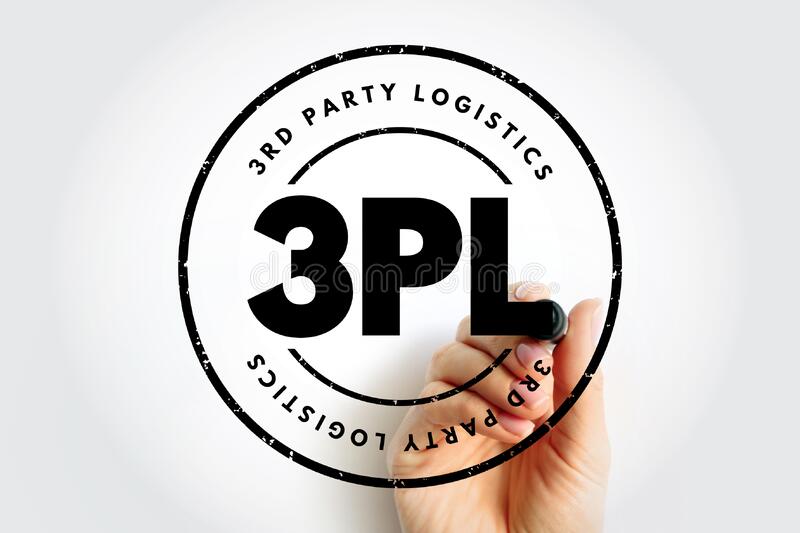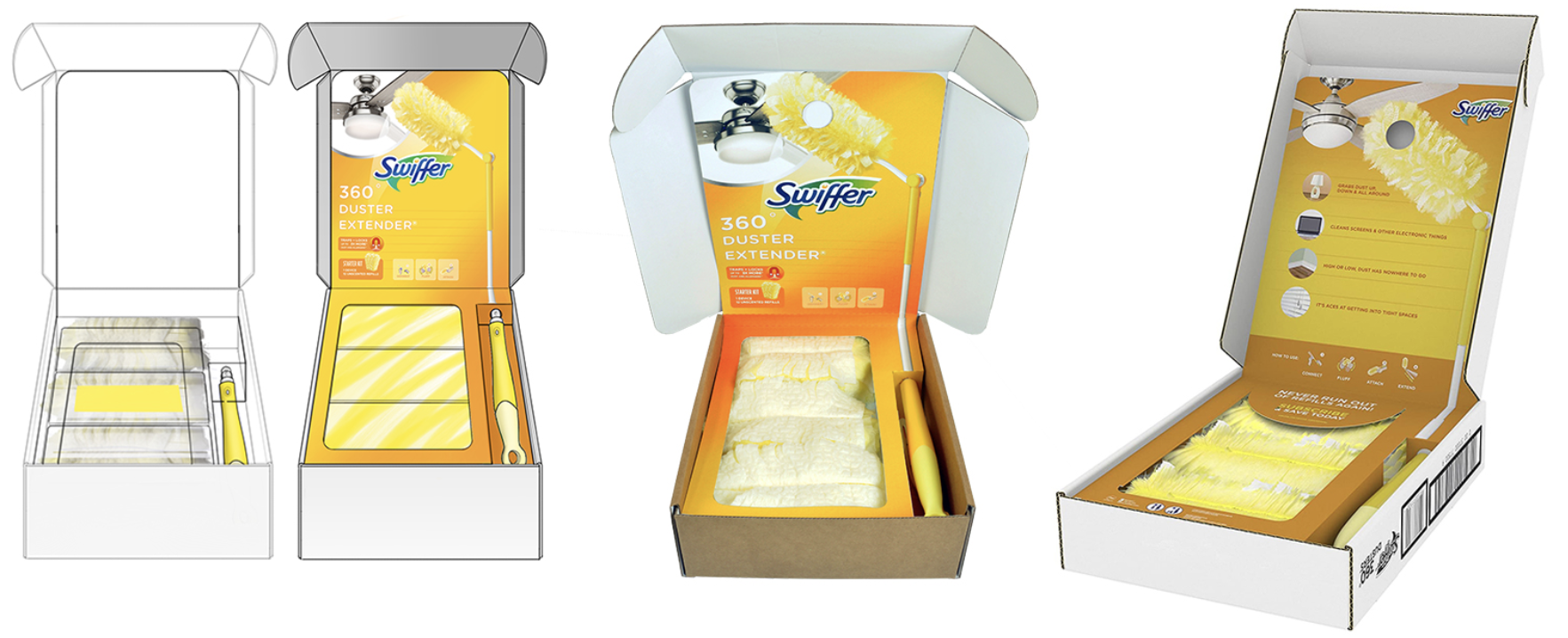Third-party logistics companies — that specialize in ecommerce order fulfillment — are a relatively new market in the massive $10 Trillion Logistics Industry (source).
And as the leading consultancy firm Mckinsey covered here, A LOT has changed.
And like with anything new, it can lead to misunderstandings. Historically, 3PLs were nothing more than a “middle man” — boxes would be shipped from Point A to Point B in order for retailers to keep store shelves stocked. That has changed significantly. Shipping orders from a distribution center to a retailer is now a process of shipping individual orders from a fulfillment center to an end consumer’s home. The year 2020 increased the amount of ordering online by 10x.
In 2022, 3PLs like Atomix, act as the operational backbone for ecommerce brands and transcend the traditional warehouse model. As Operational Complexity, Shipping Expectations, & Service-Provider Optionality continue to overwhelm and inundate business owners, the value gained through self-owned warehouses is hotly debated with the rise in alternatives, and other advertising, manufacturing and supply chain pressures.
The underlying partnership between a brand and fulfillment partner is fundamental to delivering a great customer experience. Further, it’s important to always remember and understand the success of an ecommerce brand is the result of increasing sales, improving margins and increasing customer loyalty (e.g. LTV).
Let’s break down five common misconceptions with third-party logistics companies.
- Lose Control: All 3PLs are Created Equal
- 3PLs Are Only for Standard Pick, Pack, Ship
- It Can Stunt Your Growth
- Outsourcing Is Only for Big Companies
- $$ It’s Too Expensive
1. Lose Control: All 3PLs are Created Equal
To start, we always encourage ecommerce brands, founders, entrepreneurs, to implore your research, for evaluating a solution.
It is a carbon-copy of the decision making process for evaluating other tech tools, manufacturers, service providers, and even your early employees and business partners (yes — especially the business partners.)
Our stance is unique, but the diligence process is exceptionally critical in order to create a successful partnership that scales with you and your business.
Questions To Ask
Ask yourself, “Do I want ship orders or work with a partner?”
That question might feel insignificant at launch, but once you start growing, it’s important to understand the trade-off, benefits, costs, understand the trade-off, benefits, costs etc.
If you choose to partner with a 3PL, it’s important to understand the options.
Keys to Consider
For example, certain 3PLs focus on reverse logistics (returns-processing), some specialize in B2B Retail Distribution, and at Atomix, we specialize in flexibility & customer experience with a wide range of services.
While confiding with a 3PL may appear ungovernable, Pod Managers are owned partners along your ecommerce journey that are hands on in the warehouse at our facility. Not to mention, brands frequently visit and come on-site to train our team.
Common concerns with 3PLs include mispacking, lackluster warehouse management, and minimal customer support. These are real and we think deeply about developing our solutions. When you onboard with a 3PL, you should be seen and treated as an equal partner, not just a cog in the machine. A trustworthy 3PL should be guiding you through your concerns, if and when they arise. Things to consider include:
-How will this 3PL meet my performance metrics?
-What customer service support does the 3PL offer?
-Can the 3PL meet the demand for increased capacity as business expands?
-What sort of accuracy and performance does the 3PL guarantee?
-How does the fulfillment center process returns?
Bottom Line
Partnering with a 3PL doesn’t mean you’re signing out of control. Collaborating with an adept 3PL should give you peace of mind, not lack of control.
Types of 3PLs
Depending on your requirements, there are different 3PLs for different types of fulfillment:
- Red Stag – Big & Bulky Items
- Shipbob, Deliverr, Shipmonk – Simple Pick/Pack & Limited Customer Support
- Other Options – Whiplash, Cahoot.
- Other Lists that 3PLs (*most of the time*) “pay” to be listed on – EcommCEO, Ecommerce Platforms, commerce caffeine, Ecomm Crew, Linkedin List.
- Software Providers – 3PL Central, Cartrover, Skubana.
- Shopify – Provides Great Resources for getting started – Overview, Checklist.
- Or Check out these options: Omnisend, Excelsior, DCL Corp, Big Commerce, Nogin, Fulfillment Lab, Barrett Distribution.
2. 3PLs Are Only for Standard Pick, Pack, Ship
Third-party logistics can provide and specialize in a wide range of services.
3PLs take full responsibility for inbounding, storing and tracking inventory. Furthermore, they govern the end-to-end process of shipping and handling, including returns. With this professional-level oversight, 3PLs can assist in identifying any rifts in your supply chain. 3PLs integrate expertise technology and best practices to ensure every aspect of the shipping process, not just packing and shipping, operates fluently and effectively.
3PLs, like Atomix, take operational capabilities a step further. Something most ecommerce brands with lean teams could rarely achieve. Fromhighly discounted shipping rates, 2-Day shipping options, a full suite of packaging, carbon neutral and advanced processes, and even recording behind-the-scenes, valuable content for social media and Tik Tik. When it comes to a partnership, we’ve built $20mm+ brands and understand the value of brand operators’ time in addition to being flexible. We developed the unique Micro-Pod Model, (“the warehouse within a warehouse concept”) to improve the customer experience modern brands expect and to handle any project you could imagine, we’re structured to handle anything a brand needs.
Bottom Line:
Certain 3PLs handle basic pick and pack (see above mentioned) while others like Atomix build operations to handle the end-to-end shipping logistics fulfillment process.
3. It Can Stunt Your Growth
By partnering with a dedicated 3PL that takes on the full responsibility for shipping, it gives you more time to focus on the more important parts of your business. Labor wages, warehouse operation costs, maintenance fees, supplies, tracking and transporting inventory, diminish attention better spent elsewhere. 3PLs are adept to conduct it all. They are the experts. Partnering with a 3PL gives you more time to focus on other aspects of your business, sales, marketing, designing of new products, customer support and so much more, instead of spending hours packing, shipping and tracking your inventory.
Bottom Line
Onboarding with a 3PL gives you more time to focus on growing your business, like sales and marketing, with less time spent worrying about shipping.
4. Outsourcing Is Only for Big Companies
Third-party logistics are designed for brands of all shapes and sizes. In fact, 3PLs can help you springboard your company to the next level. Ponder how much time you spend on sorting stock, pulling inventory, creating labels, cutting tape and packaging up order after order.
In an example, let’s say you have 15 orders per day. Each order takes you an average of 12 minutes for the end-to-end fulfillment. That is 180 minutes, or three hours, spent on packaging alone. Imagine how much better that time could be spent growing your company. Time is precious and a limited resource to all companies, regardless of their size, and 3PLs help bridge the gaps. 3PLs have a plethora of resources at their disposal to make outsourcing truly a well-while experience.
Bottom Line
Outsourcing with a 3PL like Atomix can be very beneficial for small and mid-sized companies.
5. It’s Too Expensive
Outsourcing with a third-party logistics is a financial investment. The differences between inhouse (doing fulfillment yourself) vs. outsource (partnering with a 3PL) are outlined here. An important factor is to consider shipping postage rates and what you could receive yourself or with a fulfillment partner.
3PLs specialize in automated warehousing, which can help save you money in the long run. Additionally, some 3PLs even can create efficient operations that are personalized and created for brands specifically. Partnering with a 3PL grants you with a scope and sequence of inventory management, slow product movement, as well as tracking and handling the end-to-end of fulfillment. Having the ability to analyze these trends in advance can help save you money by cutting and preventing unnecessary costs.
This guest blog post was provided by the team over at Atomix, a Midwest-based 3PL. Interested in learning more what a 3PL can do for your product manufacturing business. Click here to get a custom quote for your business.



